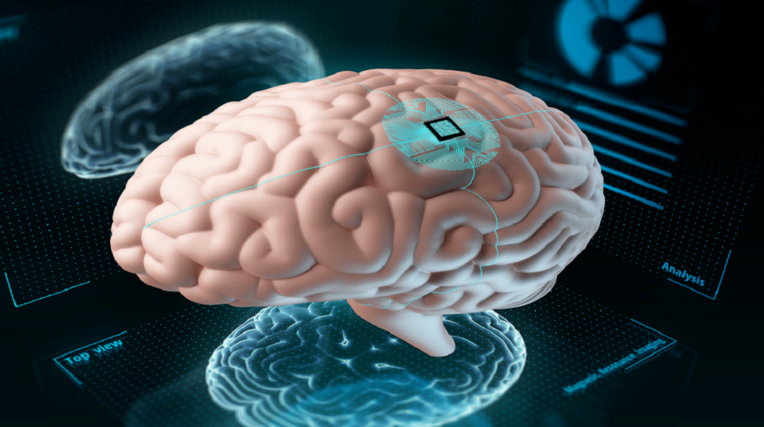
Robots today still don’t quite live up to the captivating and independent portrayals we see in sci-fi films. Nevertheless, there’s already a robotic marvel capable of independently performing complex surgeries – a significant stride beyond the fascination often associated with robots.
In 2022, Johns Hopkins University researchers unveiled the Smart Tissue Autonomous Robot (STAR), demonstrating its ability to carry out intricate laparoscopic procedures in pigs. This included tasks demanding the reconnection of intestinal ends, and surprisingly, it exhibited a level of precision surpassing that of human surgeons.
Looking ahead, it’s likely that STAR robots and their counterparts will primarily assist human doctors. However, the developers envision a scenario where these robots could operate independently, particularly in critical situations like providing emergency treatment to trauma patients on their way to the hospital.
Novel methods of stimulating the brain have shown promising outcomes in addressing conditions like depression, once deemed untreatable. These treatments aim to recalibrate or stabilize irregular brain activity associated with neurological and psychological disorders, with ongoing improvements in the underlying technology.
In October of the preceding year, a research team shared results showcasing the success of their personalized deep brain stimulation. This involved implanting a device resembling a pacemaker in the brain, effectively treating severe depression in a woman who had endured it for decades. The patient, referred to as Sarah, described the experience as an overwhelming sense of joy upon receiving the stimulation, momentarily banishing her depression nightmare.
Presently, this technology comes with a hefty price tag, making it suitable primarily for those with limited alternatives. Nevertheless, the insights gained from patients like Sarah hold the potential to unlock new understandings of brain function and ways to aid individuals grappling with depression.
Innovation doesn’t always stem from developing superior drugs; sometimes, it arises from finding more effective delivery methods. In March, the U.S. Food and Drug Administration greenlit the first-ever contact lenses releasing a controlled amount of antihistamines, providing prolonged relief for eye itching. This technology could eventually be applied to treat various eye conditions, including glaucoma, infections, and cataracts.
For decades, scientists have been optimistic about gene modification as a means to treat challenging diseases. Recent years have witnessed the FDA approving gene therapies directly addressing harmful mutations causing diseases. These breakthroughs extend to CAR T-cell therapy, enhancing T-cells to combat certain cancers more effectively.
In December, a small-scale trial utilizing gene therapy for sickle cell anemia demonstrated success, with volunteers experiencing sustained relief from severe pain and other associated symptoms. This breakthrough holds promise as a real treatment for the genetic disorder.
The dream of a stable organ supply for transplantation inches closer to reality. Researchers successfully transplanted genetically modified pig organs into brain-dead humans in 2021. Subsequent milestones included the world’s first pig heart transplant in 2022 and a pig kidney transplant in 2023. These experiments, though promising, necessitate clinical trials to ascertain their effectiveness, and it may take time before pig organs become as reliable as human-donated organs.
Regrettably, the first living recipient of a pig heart passed away after two months. Nonetheless, given the persistent organ shortage, this treatment could become a lifeline for many in the near future.
Leave a Reply